In a written response to a question supported by Lok Sabha MPs, the ministry said that two major examination bodies – the Staff Selection Commission (SSC) and the Railway Recruitment Board (RRB) – are already authorised to deploy the facial recognition feature for candidate authentication.
The tool compares a person’s live image, captured via basic phone cameras, with their original Aadhaar enrolment photo using “liveness” detection.
The feature has gained traction among various government agencies. The Employees’ Provident Fund Organisation (EPFO) recently mandated that new Universal Account Numbers (UANs) for salaried individuals and pensioners would only be generated through face authentication.
In response to a separate query by MP A. Raja, MeitY stated that the Unique Identification Authority of India (UIDAI) is actively promoting face and iris authentication to serve those facing biometric limitations.
This month, India Post Payments Bank (IPPB), under the Department of Posts, also integrated Aadhaar face authentication into its systems. IPPB said the technology aligns with the Digital India and Financial Inclusion initiatives, promoting values of “equity, access and empowerment.”
All Aadhaar-based authentication, including face recognition, requires clearance from the IT Ministry under the Aadhaar Authentication for Good Governance (Social Welfare, Innovation, Knowledge) Amendment Rules, 2025.
Both public and private entities can submit proposals through the ministry’s SWIK (Social Welfare, Innovation, Knowledge) portal, which are then reviewed and vetted by UIDAI.
So far, 312 central and state government bodies have been approved under these rules since 2020.
Most recently, on 5 August, the Sports Authority of India received authorisation to use Aadhaar authentication to verify athletes, coaches, and staff under programmes like Khelo India and TOPS.



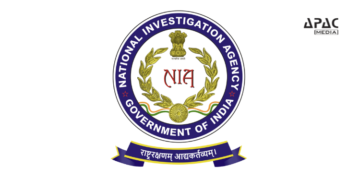
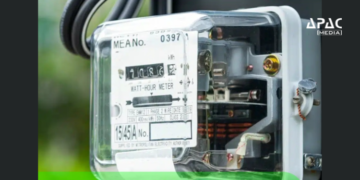
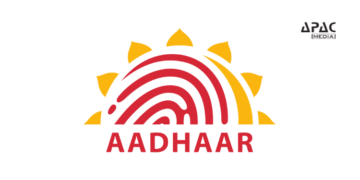





















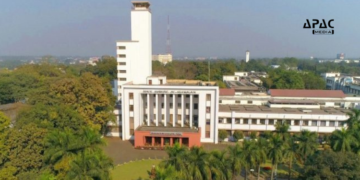

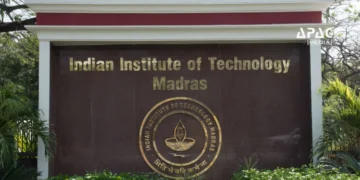

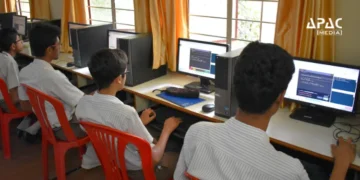




















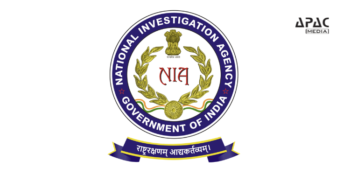
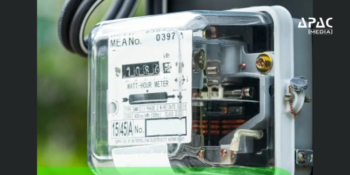
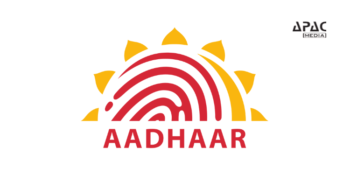








Discussion about this post